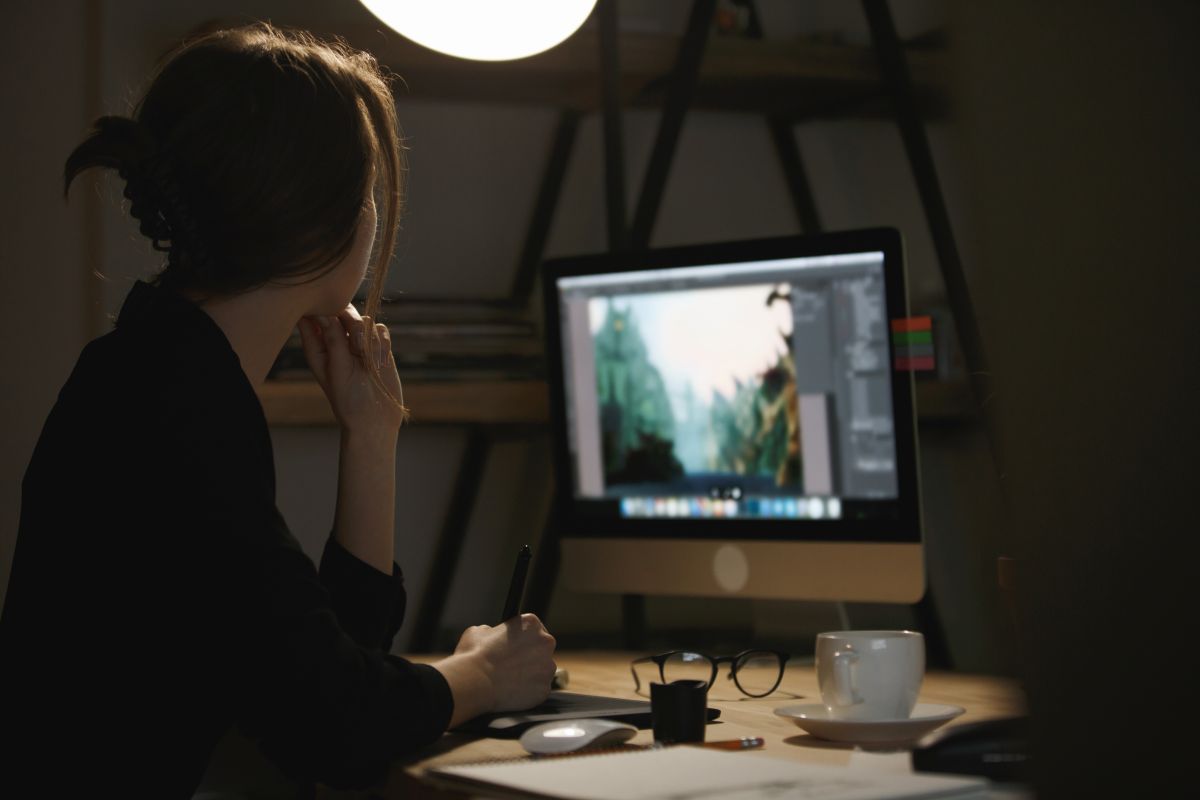
Animation Studios in South Africa: Lighting in Animation
When people think about animation, they often picture colourful characters, grand adventures, and imaginative worlds. But behind those eye-catching visuals lies one of the most important, though sometimes overlooked, aspects of animation: lighting. Now, we are not talking about moving physical lights around like in video production. Instead, in animation, lighting is a carefully crafted element that helps define mood, create depth, and guide the audience’s eye. Animation studios in South Africa, known for their innovative approaches to visual expression, understand just how essential lighting is in achieving these goals. Let us dive into the fascinating world of lighting in animation and why it matters more than many might think.
Lighting in Animation vs. Live-Action Film
In live-action filmmaking, lighting is an obvious and physical consideration. Lights are moved around, set up, and adjusted on a physical set, directly interacting with the environment. In animation, however, things are a little different. There are no physical lights to adjust, yet lighting is just as important. In fact, animators are tasked with digitally replicating the behaviour of light to shape their animated worlds.
Just like in live-action film, lighting in animation serves a variety of functions. It defines the visual environment, helps create atmosphere, and directs the viewer’s attention to specific elements of the scene. Animation studios in South Africa are particularly adept at using lighting to shape both the aesthetic and the narrative of their projects. Whether they are creating a moody noir sequence or a bright, cheerful scene, they understand that lighting is much more than just illumination – it is an emotional guide for the viewer.
The Basics of Lighting in Animation
Before exploring advanced techniques, it is important to understand the basic principles of lighting in animation. These fundamental methods serve as the building blocks for more intricate visual effects and lighting strategies.
Three-Point Lighting
The foundation of lighting in animation is often built upon the classic three-point lighting setup. This involves three different light sources: the key light, fill light, and backlight. Together, they create balance and depth within a scene, ensuring that characters or objects are clearly visible without washing them out.
- Key Light: The primary light source, responsible for casting the main shadows and highlighting important features.
- Fill Light: Used to soften the shadows created by the key light, providing a more even illumination.
- Backlight: Positioned behind the subject, the backlight creates separation between the subject and the background, enhancing depth and dimension.
Animation studios in South Africa often employ this technique in both 2D and 3D animation, adding their own flair to adjust the light’s intensity, colour, and angle to suit the mood and atmosphere.
Ambient Lighting
Ambient lighting is the soft, overall light that fills a scene. Unlike more directional light sources, ambient lighting does not cast sharp shadows or highlights. Instead, it ensures that the scene has a natural, even illumination. This is often used in scenes where the goal is to maintain a neutral or calm atmosphere.
While this lighting may seem subtle, it plays a major role in setting the tone. For example, a bright ambient light can evoke feelings of warmth, while cooler, dimmer ambient lighting can suggest a more somber or tranquil atmosphere. Animation studios in South Africa often make use of ambient lighting to create the appropriate emotional undertone for their animated works.
Spotlighting
Spotlighting is another basic lighting technique where a specific part of the scene is illuminated, drawing the viewer’s attention to a particular subject or element. Whether it is a character in the foreground or an important object, spotlighting can be used to emphasise key aspects of the narrative.
This technique is especially useful in animation where artists need to direct the viewer’s focus. Animation studios in South Africa use spotlighting effectively in both action-packed sequences and more intimate, character-driven moments, ensuring that what the audience should notice stands out.
Advanced Lighting Techniques in Animation
As technology has advanced, so have lighting techniques in animation. Today, animation studios around the world, including those in South Africa, are using sophisticated methods to create animated worlds with greater realism and creativity . Let’s look at some of the more advanced techniques now being employed.
Ray Tracing
Ray tracing is a rendering technique that simulates the way light interacts with objects in a scene. This allows animators to create incredibly realistic reflections, shadows, and refractions. For example, a shiny surface like water or glass can reflect the world around it, adding layers of depth and complexity to the scene.
While ray tracing is computationally expensive, its ability to produce photorealistic results makes it a sought-after method in high-end 3D production. Animation studios in South Africa, especially those working on large-scale animated films or advertisements, are increasingly adopting ray tracing to enhance the realism of their visual effects.
Global Illumination (GI)
Global illumination is a technique that simulates the way light bounces off surfaces and spreads throughout a scene. It is this bounce that gives lighting its more natural, soft qualities, as light is rarely confined to a single direction in the real world. By capturing how light reflects off walls, ceilings, and floors, global illumination creates a more lifelike and immersive visual experience.
For animation studios in South Africa creating both realistic and stylised 3D environments, mastering global illumination can lead to visually dynamic scenes that feel alive and interconnected. This technique plays a big role in creating natural-looking lighting setups, especially in environments where light interacts with various textures.
Shading and Materials
In addition to lighting, the way materials and textures are rendered plays a significant role in how light interacts with a scene. Techniques like Subsurface Scattering (SSS) are crucial for materials like skin, where light penetrates the surface before being scattered or absorbed. On the other hand, Physically Based Rendering (PBR) workflows allow for more accurate material interactions, where surfaces react to light in a way that mimics real-world physics.
For animation studios in South Africa, achieving accurate shading and material properties is vital when creating both realistic and stylised looks. Whether it is the glow of magical elements or the texture of a character’s skin, effective lighting combined with well-rendered materials can make the animation feel more tangible and real.
Conclusion: The Art of Lighting Is Ever-Expanding
Lighting in animation is often easy to overlook, yet it plays a defining role in how animated work is perceived. It shapes atmosphere, supports emotion, and helps direct attention — all without drawing attention to itself. When it is used with intention, the difference is immediately noticeable, even if the viewer cannot quite explain why.
Animation studios in South Africa are using lighting to improve visibility, define atmosphere, and introduce subtle detail through advanced techniques like global illumination, ray tracing, and refined shading workflows.
While it may not always be the most talked-about element, lighting remains one of the most thoughtful parts of the animation process. And when done well, it shows — even if it is working quietly in the background.
Lighting may not get the spotlight, but it definitely helps create it. For animation that looks sharp, feels intentional, and uses every frame well, connect with Sound Idea Digital — we are always happy to talk ideas.
We are a full-service Web Development and Content Production Agency in Gauteng specialising in Video Production, Animation, eLearning Content Development, Learning Management Systems, and Content Production.
Contact us for a quote. | enquiries@soundidea.co.za | https://www.soundideavideoproduction.co.za| +27 82 491 5824 |

